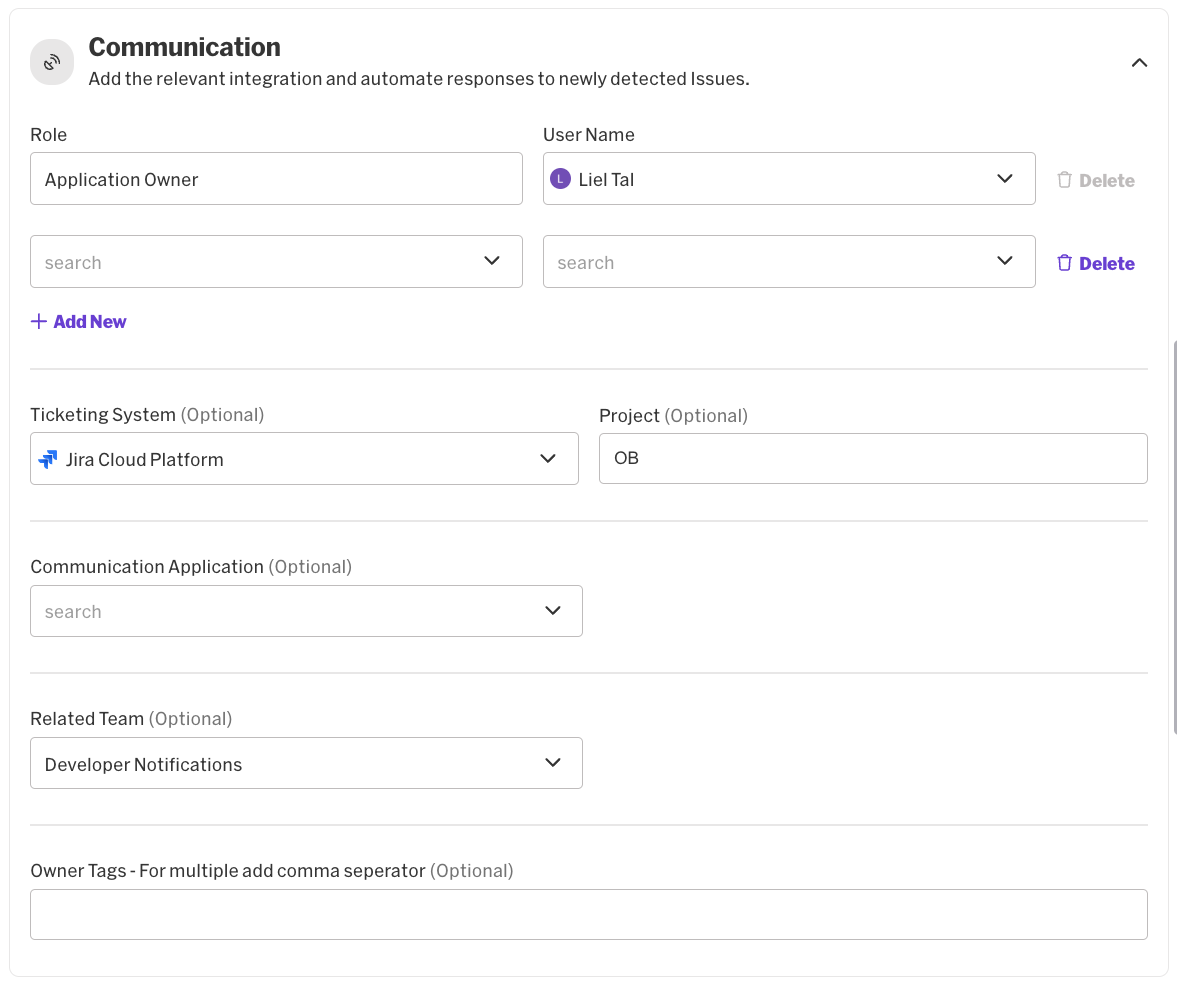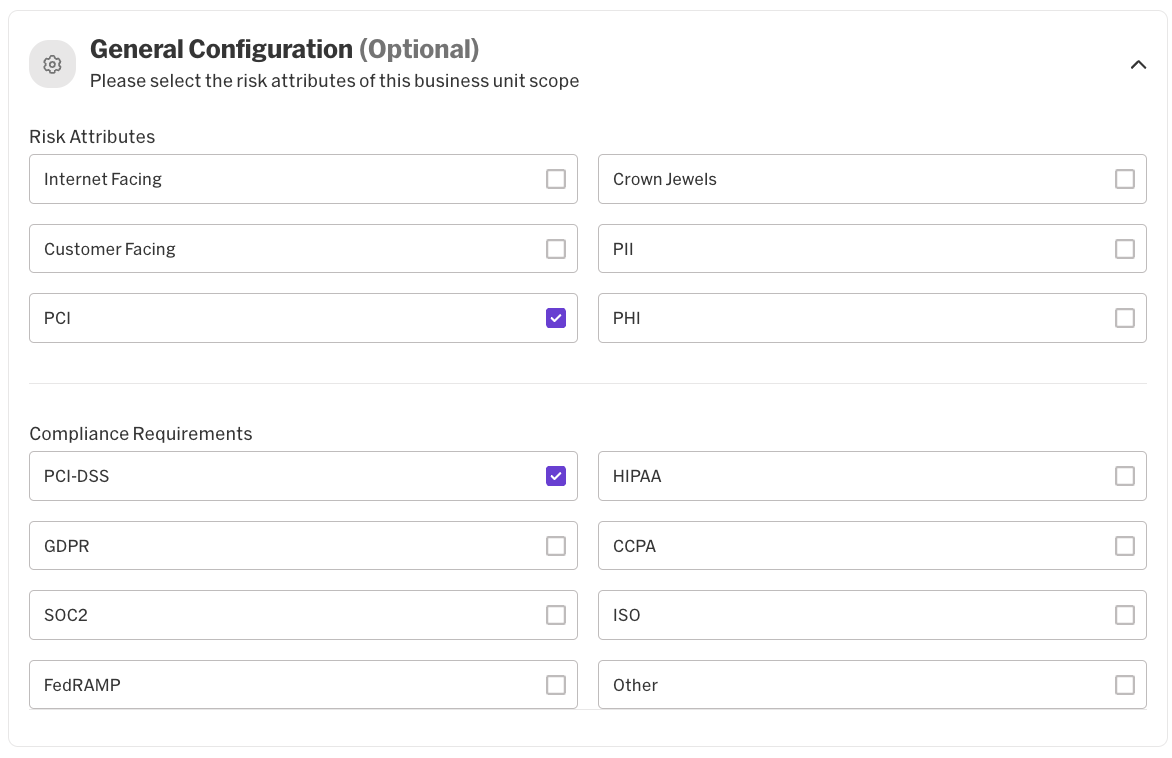Services & Workspaces association
Opus provides a robust framework for organizing applications or Services within your organization. It facilitates the association of relevant cloud accounts with these units, streamlining resource management and enhancing visibility. When integrated with findings, Opus can display pertinent information related to specific issues and assist in the effective management of these findings across your organization
Creating a new Service:
When configuring a new Service in Opus, users able to to define its metadata and ensure that it aligns well with the organizational structure and management processes. This includes:
The Service Metadata
**Name and Describe the Service:
- Assign a clear and descriptive name to the new Service.
- Provide a comprehensive description that outlines the BU's purpose, responsibilities, and any other relevant details.
**Assess Business Impact:
- Evaluate and select the level of business impact the Service has. This could range from low to critical and reflects the BU's importance in your organization's operations and strategy.
**Determine Organizational Placement:
- Define the placement of the new Service within your organizational structure:
- Group: If applicable, associate the Service with a specific group. This could be a department, a project team, or any other relevant grouping within your organization that the Service is part of.
- Scope: If applicable, Specify the scope within which the Service operates. This could be an indication of its associated business line or subsidiary.

Associate the Technical Environment with the New Service:
**Static Association - Select individual workspaces that are relevant to the Service. This can include:
- Cloud Accounts: Link specific cloud accounts that are part of the Service
- Code Repositories: Connect the BU to its relevant code repositories
- Asset Groups: Associate specific groups of assets that are under the Service's management or are relevant to its operations.
- Domains: Specify particular domains that are pertinent to the Service for operations like web services, internal applications, etc.
**Dynamic Association - Use tags to dynamically associate resources with this Service. This involves:
- Identifying the right tag key/value pairs: Select the key/value pairs that represent individual resources (like VMs, databases, containers, etc.) that belong to the new Service.

Define Communication Properties for a New Service
Specify Relevant Stakeholders of the Service:
Identify and assign key roles within the Service to ensure clear responsibilities and effective management, including:
- Application Owner (Mandatory)
- Security Champion
- Engineering Team Leader
Ticketing System Association:
- Add the ticketing system to be used by the Service for task and issue management.
- Specify the project within the ticketing system, if necessary. If no specific project is desired, the default project associated with the integration will be used.
Communication Integration:
- Select the communication integration (e.g., Slack, Microsoft Teams) that the Service will use. This is necessary for automating notifications, approvals, and other communication workflows.
Team and Communication Channel Assignment:
- Associate the Service with a specific team within your organization. (e.g., a specific Slack channel or Teams group) f
Ownership Tags
- If relevant, include ownership tags used by the Service. These tags will be used to dynamically associate finding owners in the ownership determination process of findings.

Tune the Risk Configuration :
Lastly,, Opus allows for the association of specific compliance and risk attriServicetes with the new Service. This helps in contextualizing incoming findings, ensuring that each finding is evaluated and prioritized accordingly and in line with the specific compliance standards and risk parameters of the Service.

